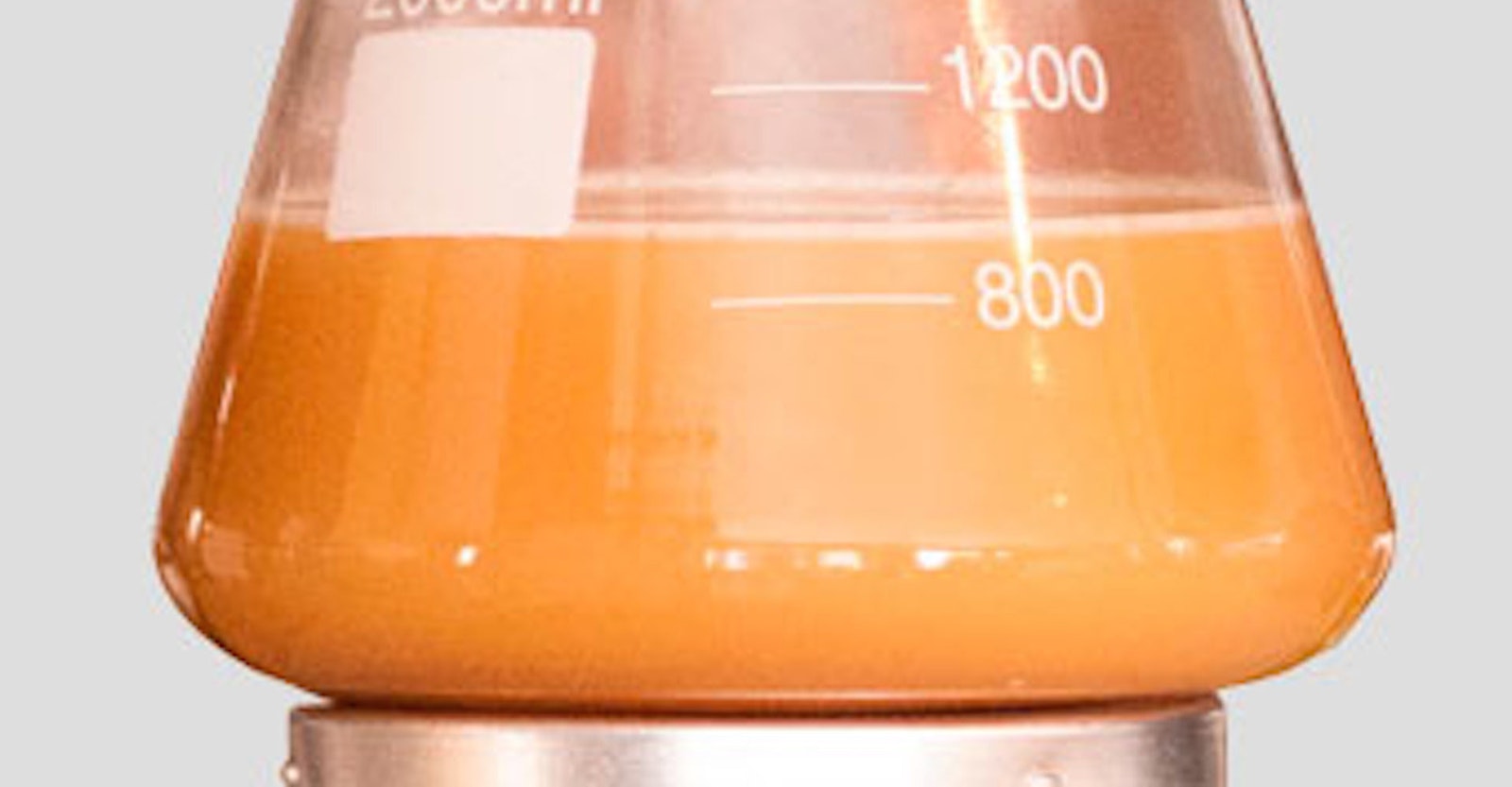One of the easiest and most effective ways to improve the quality of your homebrewed beer is to pitch a healthy population of yeast cells into well-oxygenated wort. And the easiest and most effective way to ensure that you have a healthy population of yeast cells is to pitch a pure, laboratory-grown culture, which at the homebrew level would mean pitching several packs or vials of liquid yeast at the same time. Unfortunately, with yeast going for $ 7–$10 per pack, the easy route can be cost-prohibitive.
That’s why yeast propagation (making a starter) is so popular. It lets you build up a healthy pitch from a smaller culture, using malt-based wort as the growth medium. And there are two big things you can do to promote cell reproduction in starters:
- Give the yeast cells plenty of oxygen.
- Keep the yeast cells suspended in the wort.
Both of these ends can be met through a variety of means. Here are three ways to aerate and agitate your yeast starter, plus a cop out that will still get you results.
Stir Plate
A stir plate is the preferred homebrew method for promoting yeast growth. Prepare starter wort in an Erlenmeyer flask right on the stove (don’t forget the stir bar!), then cool it in an ice bath and place the flask on the plate. Flip on the power switch, and watch as rotating magnets within the plate spin the bar and induce an attractive vortex, which some of us may or may not admire for far longer than we ought to. That vortex carries air, and hence oxygen, down into the wort and keeps yeast cells in a state of suspended animation, so to speak.
Orbital Shaker
Commercial brewery labs often use orbital shakers, and if you happen to have connections to a laboratory or ready access to university surplus, you might consider using one, too. An orbital shaker is a big mechanized tray that executes a sort of high frequency hula. It’s probably overkill for most of us, but if you want to propagate multiple cultures at once, this is the way to go, as these can shake several flasks at the same time. It’s also a good option for those who like toys and have some cash to spare.
Occasional Agitation
If you don’t have a stir plate or a shaker, occasional agitation is the next best thing. All you have to do is remember to give the starter a good swirl or two when you happen to be near it. If you work from home and swirl regularly, your results might be as good as if you were using a stir plate. If you don’t work from home, take your starter to the office with you and periodically swirl it during conference calls, operating system updates, and so on. If you work for a company that doesn’t allow yeast starters in the workplace, consider looking for a better job.
Indifference
Maybe you don’t own a stir plate, and maybe you have to spend time away from your starter for one reason or another. All is not lost! In most cases, you can still achieve a decent pitch rate if you just make a bigger starter. A package of fresh yeast (100 billion cells) should at least double in cell count in an unshaken 2-liter starter. And two hundred billion healthy yeast cells should be quite sufficient for most ale fermentations below, say, about 1.065 to 1.070 original gravity.
There are several great online calculators to help you estimate the expected cell count from various methods of agitation, including
And if you own a copy of BeerSmith (and, really, you should), there’s a convenient yeast starter tool built right in.
Don’t let not the lack of a stir plate deter you from making a starter. Even an okay starter is better than none at all!








